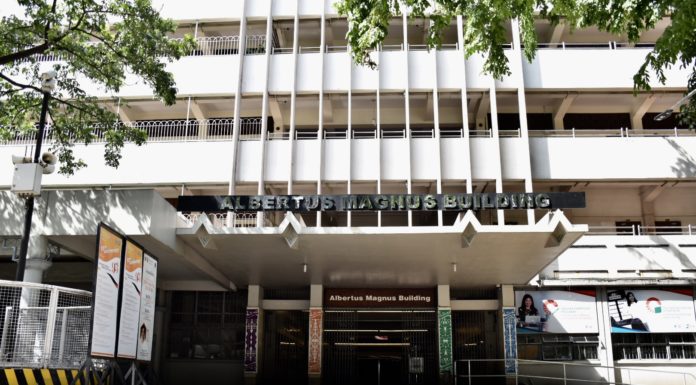REMEMBER what the catechism teaches us—Jesus’ blood from his wounds on the cross was offered as oblation for mankind? This Lenten season, the Varsitarian takes a scientific look into the human blood itself, the so-called “fluid of life”.
As we all know, blood is composed of living cells: red blood cells that distribute oxygen for the life of tissues; white blood cells that compose the immune system; and platelets responsible for blood coagulation.
According to Dr. Joey Matro, an anatomy and physiology professor at the UST Faculty of Pharmacy, blood is a highly specialized circulating tissue that consists of several kinds of cells contained in a medium called plasma.
“Blood provides oxygen to tissues, protects the body against infection or invading pathogens, supplies the body’s nutrients like glucose and amino acids, removes wastes like carbon dioxide and urea, regulates body pH, and helps the body repair itself through the process of coagulation,” Matro said.
When blood is centrifuged or put in a device that separates solid or liquid particles through rotation in a tube, three layers become visible. The topmost clear layer is plasma—which is used to treat clotting disorders, burn victims, and shock. Plasma is the liquid component of blood. It is also the largest, making up about 55 per cent of the total blood volume.
The middle layer is the buffy coat, a thin grayish white layer of white blood cells and platelets that cover the top of the packed red blood cells (RBCs) of a hematocrit, while the bottom red layer contains the concentrated RBCs.
Electric source
Blood is not only the “fluid of life” but also “fluid of light.” In 2003, a group of researchers from the Panasonic Research Laboratory in Japan invented a device that can produce electricity from human blood by drawing power from blood glucose! The electricity from this gadget, called the “bio-nano generator,” could power devices like pacemakers that are embedded in the body with its endless supply of blood.
According to the developers, the “bio-nano” could allow a person to produce 100 watts, enough to illuminate a small light bulb.
The process involves converting all the glucose obtained from the food an individual eats into electricity. The battery of the device is capable of stripping glucose of its electrons which are obtained when glucose is oxidized. It is similar to food metabolism wherein the body processes glucose to obtain energy.
Blood can also shed light on the diagnosis of diseases. A clinical study conducted last year by researchers from the US-based Biomarker Technologies revealed the possibility of using blood as an aid in the diagnosis of breast cancer. The study examined the blood of more than 930 women for a number of cancer- related biomarkers, which are the specific proteins having concentrations that are different in patients with breast cancer.
Researchers from the Institute of Psychiatry of the King’s College in London conducted studies in 2006 on how to use blood as a tool in the diagnosis of Alzheimer’s disease. The researchers used a process called proteomics, the study of proteins, and found that the blood of patients with Alzheimer’s had higher levels of certain proteins than the blood of healthy people.
Blood has always been a source of life. Now it is also a source of light, reminding us this Lent of Jesus who offered his blood to give the world “life” and “light”. C. A. M. Tobias















